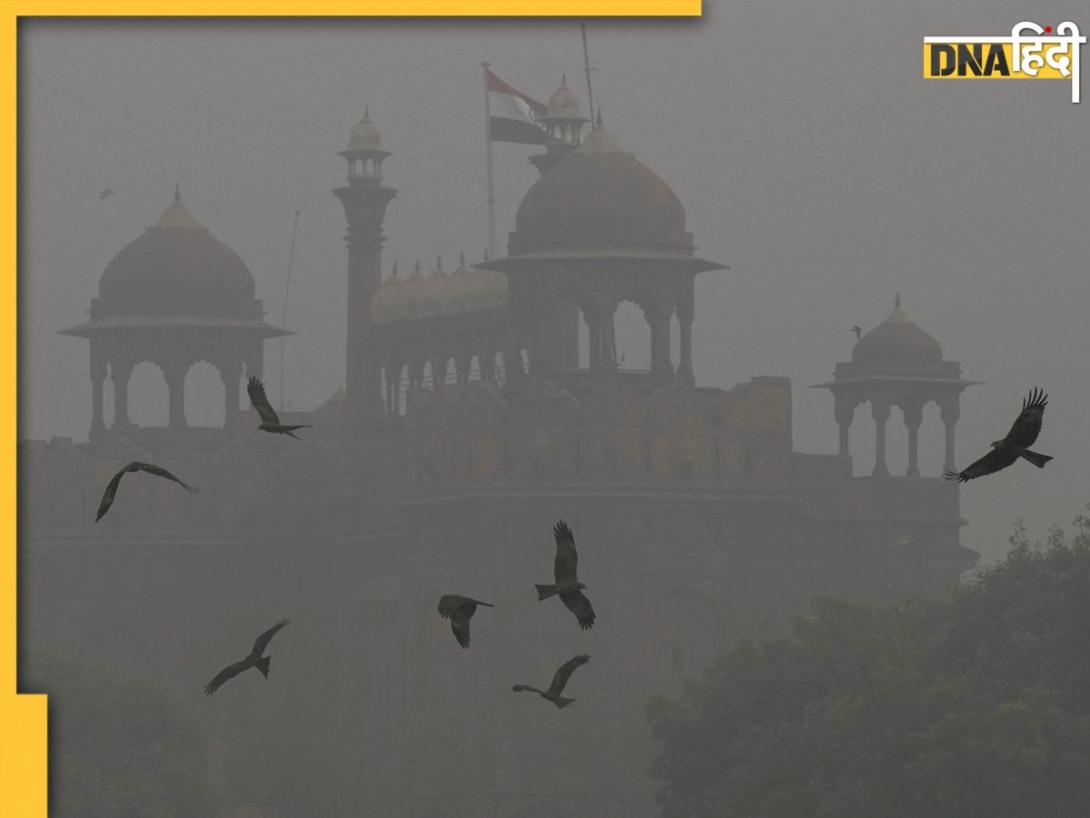- LATEST
- WEBSTORY
- TRENDING
BANGALORE
Bangalore scientist leads team of researchers close to ‘making’ rain clouds
In a breakthrough in tropical weather research, Indian scientists have simulated the formation of rain-bearing cumulus clouds in the laboratory.
TRENDING NOW
In a breakthrough in tropical weather research, Indian scientists have simulated the formation of rain-bearing cumulus clouds in the laboratory. The research opens up avenues to ‘develop’ clouds that bring rain, holding much promise for possible greening of arid regions globally.
The achievement is significant considering that simulating the functions of a cumulus cloud in lab conditions remained a major challenge in tropical meteorology for the past five decades.
The research, led by aerospace scientist and fluid dynamics expert, Prof Roddam Narasimha, of Bangalore-based Jawaharlal Nehru Centre for Advanced Scientific Research (JNCASR), is expected to get a fillip through the October 12-launched Indo-French MeghaTropiques satellite.
The satellite’s mission objectives include improving knowledge of the water cycle in the inter-tropical region to evaluate its consequences on the energy budget, and to study the lifecycle of tropical convective systems over oceans and continents, the environmental conditions for their appearance and evolution, their water budget, and the associated transports of water vapour.
“We have not simulated a cloud in the sense of a mass of free air with water vapour, liquid water droplets and ice particles. The clouds that we simulated do not—at least as of now—have any form of rainfall associated with it. What we have simulated is a cloud flow whose dynamical features are similar to those of cumulus clouds in the atmosphere,” Prof Narasimha, who is also a member of the Space Commission and co-chairs the Joint Steering Committee and the Joint Scientific Working Group for MeghaTropiques, told DNA.
“We get very realistic shapes and forms, (and) can simulate several types of cumulus clouds that possess flow characteristics that are very similar to those in real cumulus clouds. The major challenge would now be to translate our insights into the dynamics of cumulus clouds to managing them in the atmosphere,” he added.
The feat was accomplished at a newly set up simulation facility at JNCASR, “which is basically a water tank in which (heat) jets and plumes issue vertically upwards from the floor,” he said. At the heart of the simulation is the idea that what makes the cloud rain-bearing is the release of latent heat that condenses vapour into water as warm moist air rises in the atmosphere and cools to appropriate temperature, said Prof Narasimha in a paper on the same research presented at the 13th Asian Congress of Fluid Dynamics in Dhaka, Bangladesh in December 2010.
The research was published in the September 27 issue of Proceedings of the National Academy of Sciences (Vol 108, No. 39).








)
)
)
)
)
)
)
)
)
)
)
)
)
)
)




























































